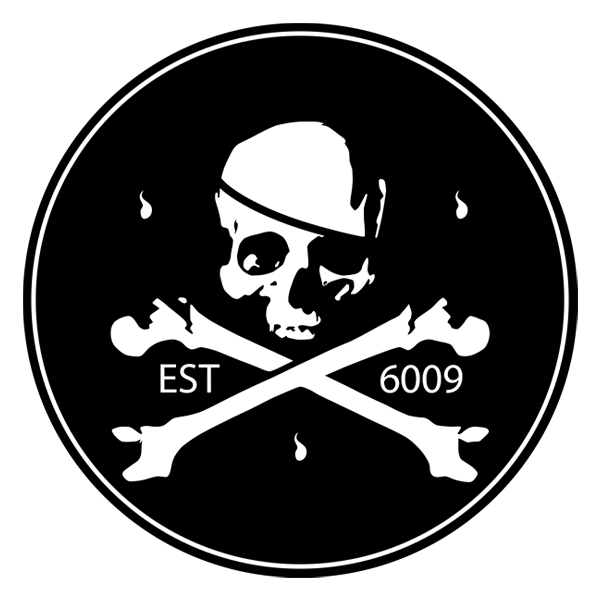November 14, 2025
As someone who has spent most of my life inside the Craft, I already have my own answers to the question of what Freemasonry is and what it teaches. But we now live in a time when many people form their first impressions through AI tools instead of books, mentors, or real conversations. Because of that, I wanted to see how AI itself explains the fraternity. So I asked a simple question: “What are the top ten things you know about the Freemasons?” The response was clear, surprisingly accurate in many places, and worth sharing.
The modern form of Freemasonry began in 1717 with the creation of the first Grand Lodge in London. Its symbolic roots go back to medieval stonemasons’ guilds and to biblical narratives that were used to teach moral lessons. Few organizations today can claim a lineage this old or a system this consistent.
The Square, the Compasses, the Level, and the Plumb are not decorations. They are philosophical tools used to teach integrity, self-discipline, justice, temperance, and moral balance. Freemasonry does not prescribe beliefs. It uses symbolism to encourage personal reflection and growth.
Most Masonic jurisdictions require belief in a Supreme Being but do not define which one. Freemasonry is not tied to a denomination. Christians, Jews, Muslims, Sikhs, and others meet together in lodge. Some jurisdictions, such as the Grand Orient of France, have removed this requirement entirely, showing that Masonry adapts to different philosophical climates.
Many people misunderstand this point, but Freemasonry is not a religion and does not offer a system of salvation. Religious and political discussions are prohibited inside the lodge to prevent division. Instead, each man is encouraged to follow the dictates of his own conscience and faith.
Freemasonry is structured into three degrees: Entered Apprentice, which represents the beginning of the journey; Fellowcraft, which emphasizes learning and the seven Liberal Arts and Sciences; and Master Mason, which represents maturity and the completion of the foundational teachings. This progression reflects the development of a person from innocence to knowledge and then to responsibility.
Many outsiders imagine Masonic secrecy as hidden information about world events. In reality, the secrets consist of grips, passwords, and ritual elements preserved from medieval operative stonemasons. The deeper secrets are internal. They include self-mastery, discipline, brotherhood, and personal responsibility. These lessons cannot be leaked because they must be lived and practiced.
Operative stonemasons built the great cathedrals of Europe. Later, speculative Freemasons played major roles in the intellectual and political developments of the Enlightenment. Notable Freemasons include George Washington, Benjamin Franklin, Voltaire, Simón Bolívar, and Mozart. These individuals were drawn to the principles of reason, liberty, and moral duty that Freemasonry promotes.
Freemasonry asks every member to improve himself. This includes building character, serving others, cultivating knowledge, and strengthening the community. It is one of the earliest and most organized systems of personal development in the Western world, long before the idea of “self-help” became common.
Because Freemasons are discreet, use symbolism, and have a long and influential history, conspiracy theories have surrounded the Craft for centuries. Most of these myths come from political attacks in the nineteenth century, religious fundamentalism, and now social media. The truth is much simpler. Freemasonry survives because the work it teaches is timeless and practical.
This is the core purpose of the Craft. Freemasonry does not exist to control governments or to hide secret knowledge. It exists to help good men refine their character, strengthen their moral compass, live with integrity, and build better families and communities. It focuses on inner transformation that becomes visible through consistent action in daily life.
|
About the Author: John Paul Gomez is a DeMolay alumnus, four-time Worshipful Master, two-time Immediate Past Master, and the current Secretary of his lodge. A researcher, designer, and speaker, he blends historical insight with modern creativity through his brand FraternalTies, producing original Masonic regalia, artwork, and educational content for lodges worldwide. |
Comments will be approved before showing up.
